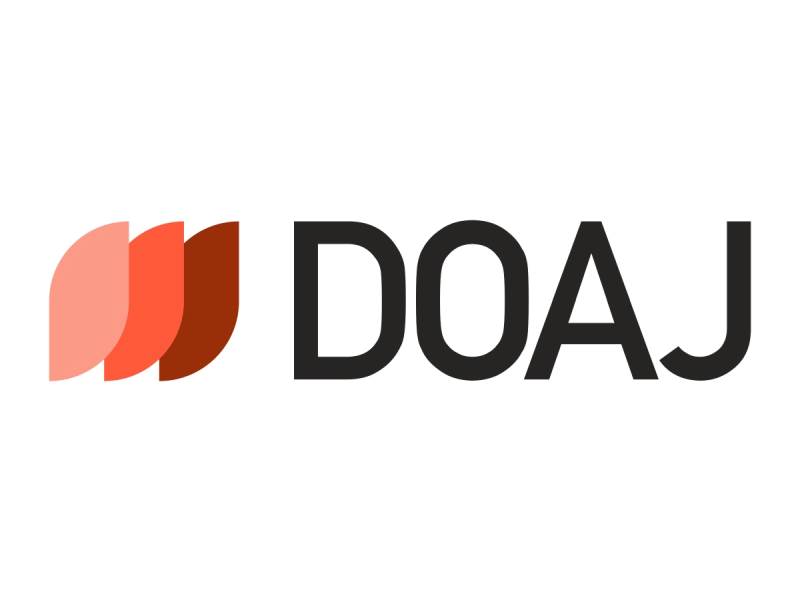Effect of HVOF spraying parameters on the structural-phase composition and mechanical properties of ZrCN coating
DOI:
https://doi.org/10.31489/2025ph3/31-40Keywords:
HVOF, microhardness, adhesion, structurе, phase composition, ZrCN coating, X-ray diffractionAbstract
The article presents the results of a study on the influence of HVOF spraying parameters on the phase composition, mechanical properties, and adhesion characteristics of zirconium carbonitride (ZrCN) coatings. X-ray diffraction analysis of the ZrCN coatings revealed the presence of ZrCN, ZrC, ZrN, ZrO, Fe, and FeN phases, indicating a complex coating structure and possible oxidation and elemental diffusion processes. The formation of ZrC and ZrN is attributed to the thermal decomposition of ZrCN powder during the coating process, while the presence of the oxide phase ZrO is explained by the use of an oxygen-containing gas mixture during HVOF spraying. The microhardness of the ZrCN coatings reaches values in the range of 1500– 1800 HV, depending on the spraying parameters. Adhesion test results showed that the maximum coating bond strength under tensile load was 7.49 MPa. Optimal coating characteristics were achieved at the following spraying parameters: substrate distance of 35–40 cm, propane pressure of 1.7 bar, air pressure of 2.6 bar, and oxygen pressure of 2.8 bar. These conditions allow the formation of a dense, wear-resistant coating structure with enhanced performance characteristics.




